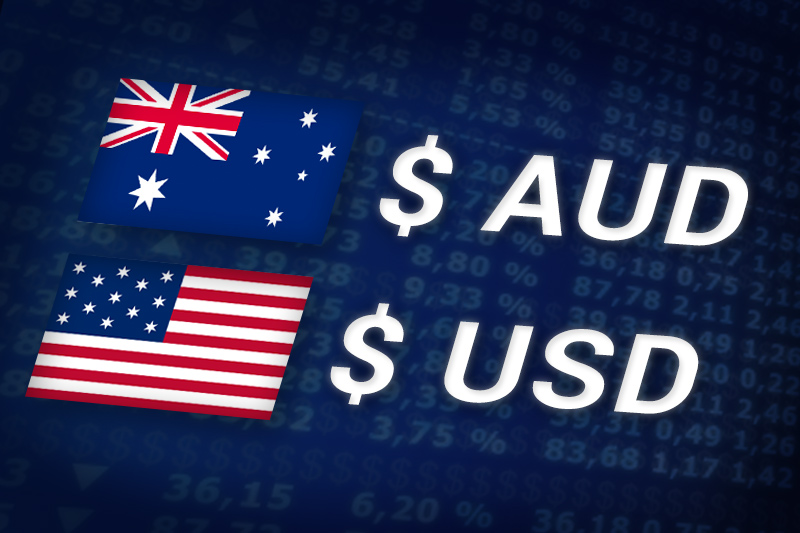Investing.com - The Australian dollar was sharply higher against its U.S. counterpart on Tuesday, as market sentiment was boosted by positive Chinese growth data despite ongoing concerns over the financial crisis in the euro zone.
AUD/USD hit 1.0406 during late Asian trade, the pair’s highest since November 8; the pair subsequently consolidated at 1.0424, jumping 1.05%.
The pair was likely to find support at 1.0285, the low of December 1 and resistance at 1.0496, the high of October 25.
Chinese gross domestic product grew at an annualized rate of 8.9% in the fourth quarter, slowing from the previous quarter’s 9.1% rate, but slightly better than expectations for an 8.8% increase.
The data came after ratings agency Standard and Poor’s downgraded the euro zone’s bailout fund, the European Financial Stability Facility, by one notch to AA+.
S&P said the decision was inevitable following Friday’s downgrade of France and Austria, two of the EFSF's guarantors.
Elsewhere, data showed that tertiary industry activity in Japan declined more-than-expected in November, falling 0.8% after a 0.7% rise the previous month.
Japan is Australia’s biggest export partner.
The Aussie was higher against the New Zealand dollar with AUD/NZD advancing 0.25%, to hit 1.3029.
Also Tuesday, the New Zealand Institute of Economic Research said its index of business confidence fell to zero in the fourth quarter from a reading at 25 the previous quarter.
Later in the day, the U.S. was to produce a report on manufacturing activity in New York State.
AUD/USD hit 1.0406 during late Asian trade, the pair’s highest since November 8; the pair subsequently consolidated at 1.0424, jumping 1.05%.
The pair was likely to find support at 1.0285, the low of December 1 and resistance at 1.0496, the high of October 25.
Chinese gross domestic product grew at an annualized rate of 8.9% in the fourth quarter, slowing from the previous quarter’s 9.1% rate, but slightly better than expectations for an 8.8% increase.
The data came after ratings agency Standard and Poor’s downgraded the euro zone’s bailout fund, the European Financial Stability Facility, by one notch to AA+.
S&P said the decision was inevitable following Friday’s downgrade of France and Austria, two of the EFSF's guarantors.
Elsewhere, data showed that tertiary industry activity in Japan declined more-than-expected in November, falling 0.8% after a 0.7% rise the previous month.
Japan is Australia’s biggest export partner.
The Aussie was higher against the New Zealand dollar with AUD/NZD advancing 0.25%, to hit 1.3029.
Also Tuesday, the New Zealand Institute of Economic Research said its index of business confidence fell to zero in the fourth quarter from a reading at 25 the previous quarter.
Later in the day, the U.S. was to produce a report on manufacturing activity in New York State.
